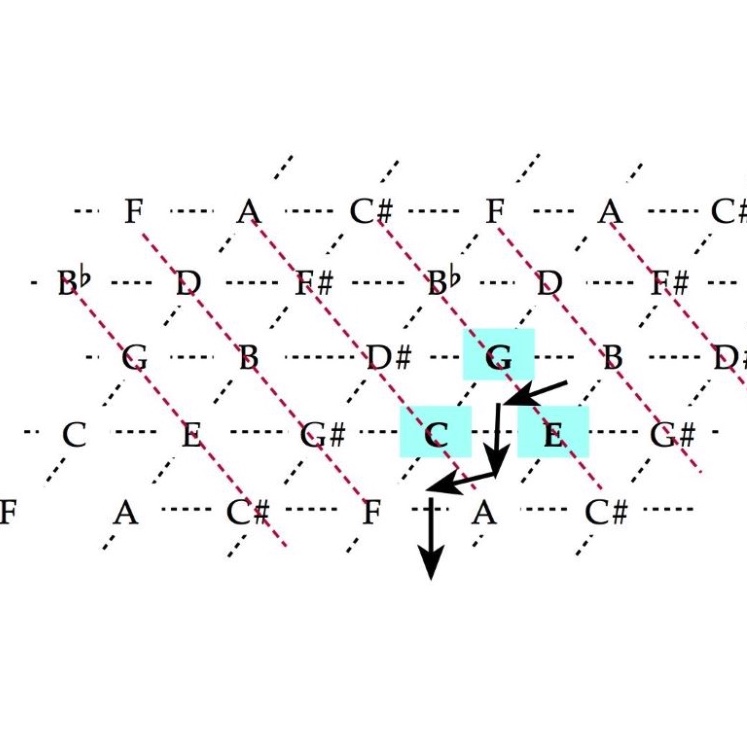Some fascinating developments in mathematics and music

All claims expressed in this article are solely those of the authors and do not necessarily represent those of their affiliated organizations, or those of the publisher, the editors and the reviewers. Any product that may be evaluated in this article or claim that may be made by its manufacturer is not guaranteed or endorsed by the publisher.
The strength of the bonds between music and mathematics goes without saying. This popular belief hides a subtler misconception, that this relationship involves old-school mathematics: arithmetics in the Greek School (Pythagoras), diophantine approximations in tuning theory (Euler, Rameau), Fourier series for the decomposition of sound signal, and little else. However, there is much more than that and these two sciences still advance hand in hand as of today. This paper will present by way of example three musical situations involving contemporary mathematical topics: Galois theory in a rhythmic canon problem in the field of minimalist music; a graph theory question raised by Ludwig van Beethoven which had to wait almost two centuries for an answer; and a neat word theory theorem discovered in a construction originating in combinations of mystical octaves and fifths in Plato’s Timaeus.
How to Cite

This work is licensed under a Creative Commons Attribution-NonCommercial 4.0 International License.
Copyright (c) 2023 The Author(s)
PAGEPress has chosen to apply the Creative Commons Attribution NonCommercial 4.0 International License (CC BY-NC 4.0) to all manuscripts to be published.

 https://doi.org/10.4081/peasa.10
https://doi.org/10.4081/peasa.10



